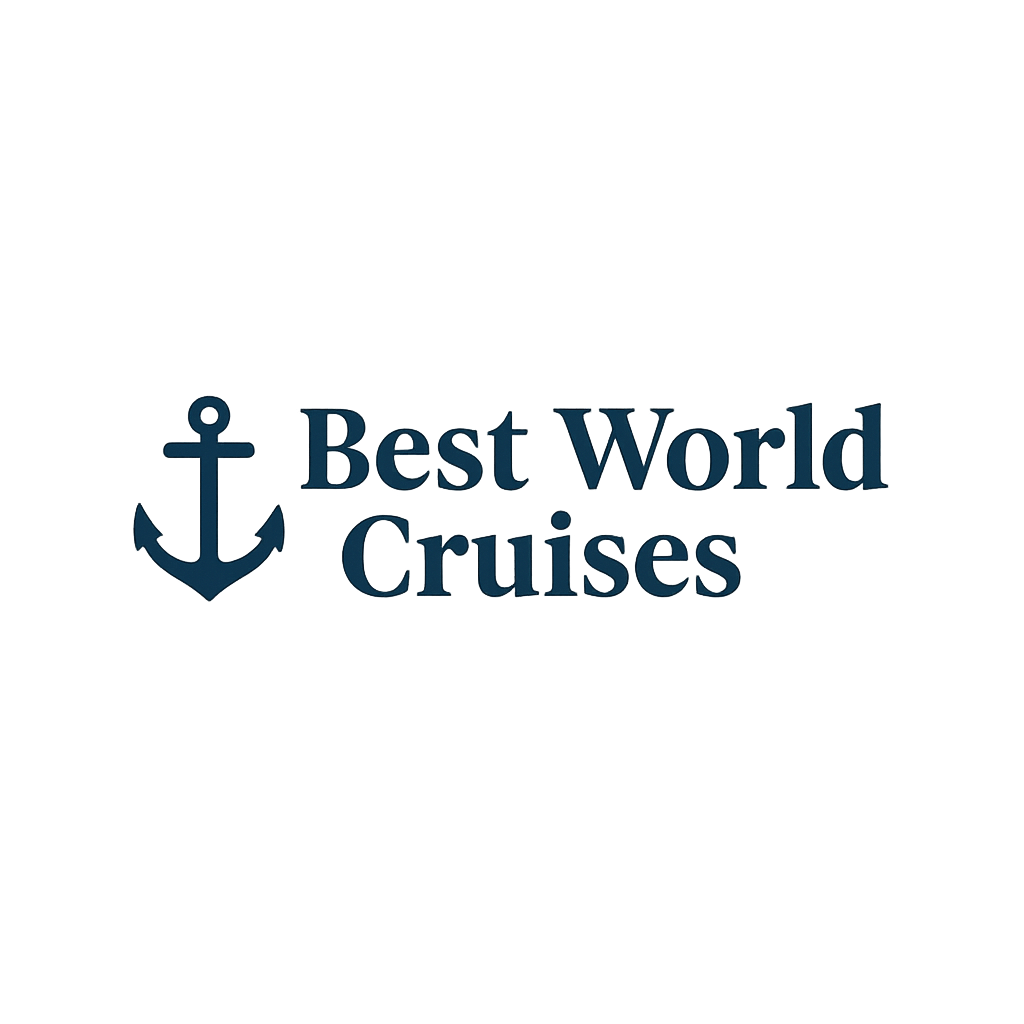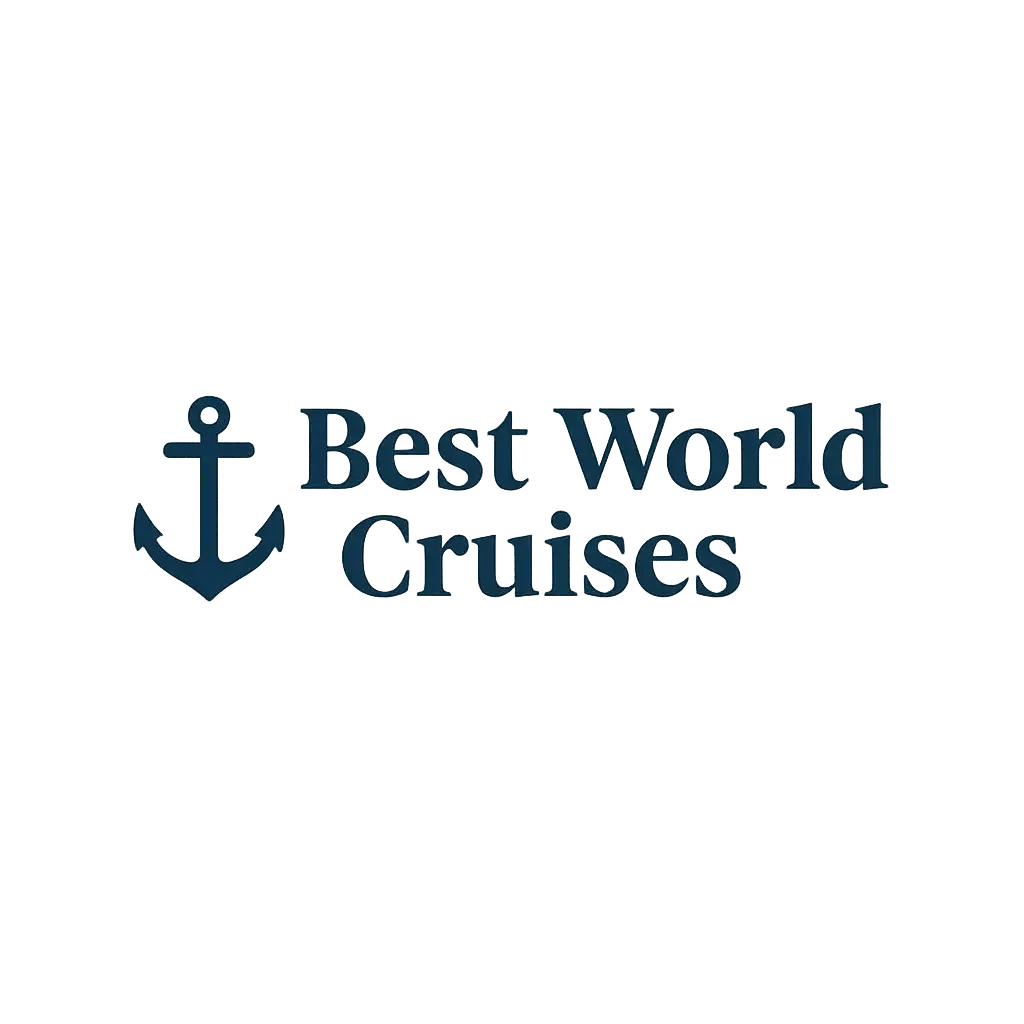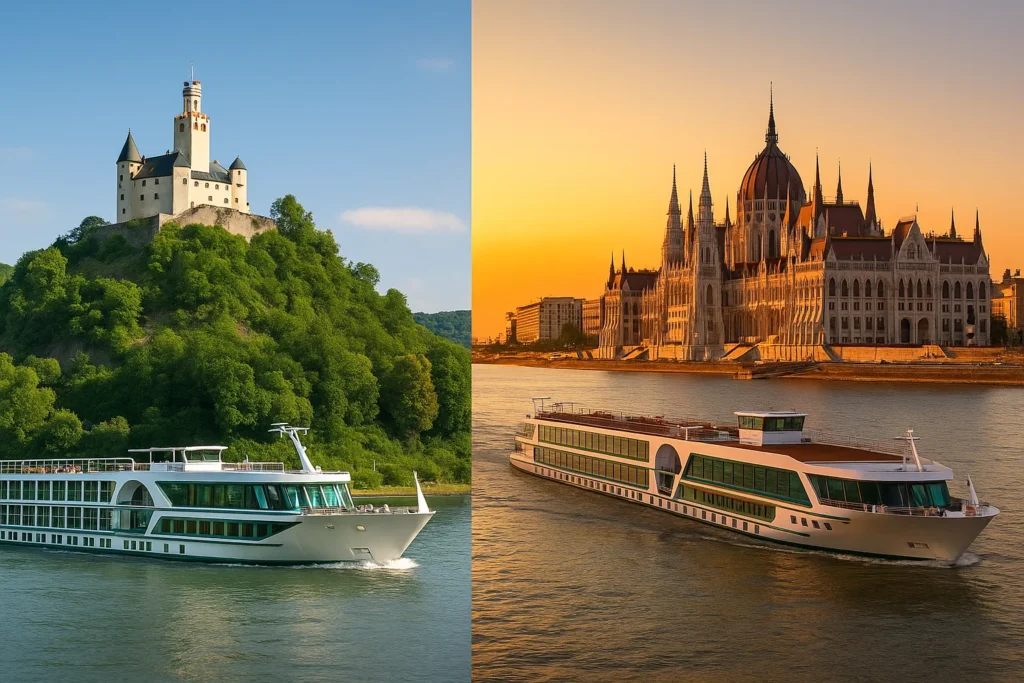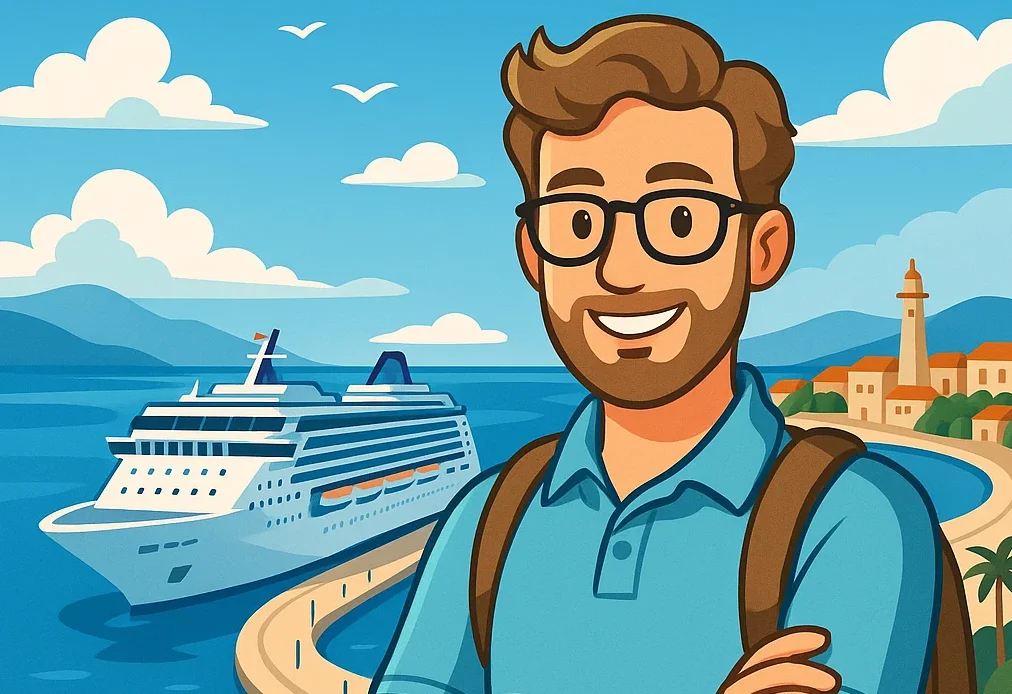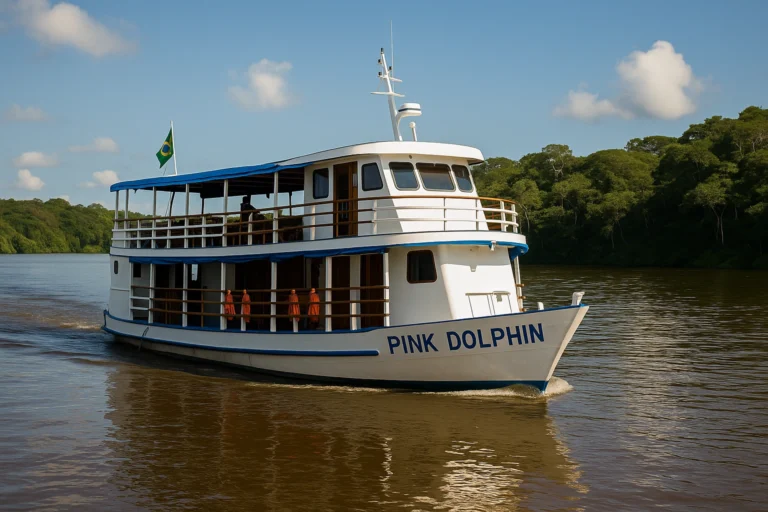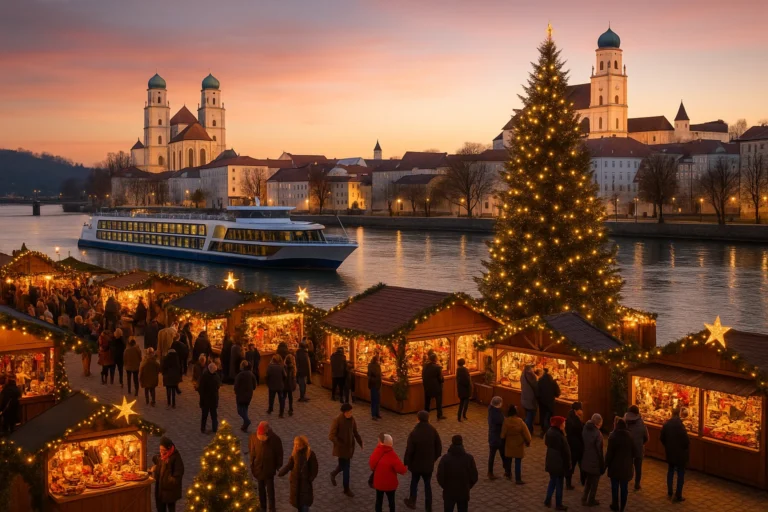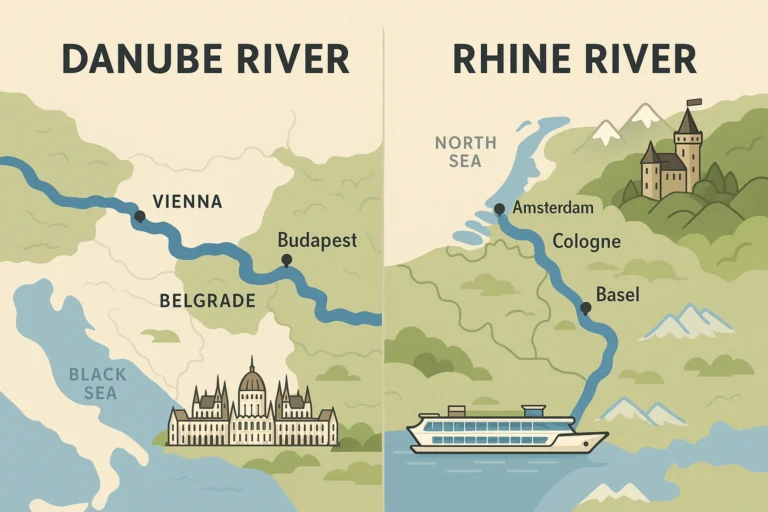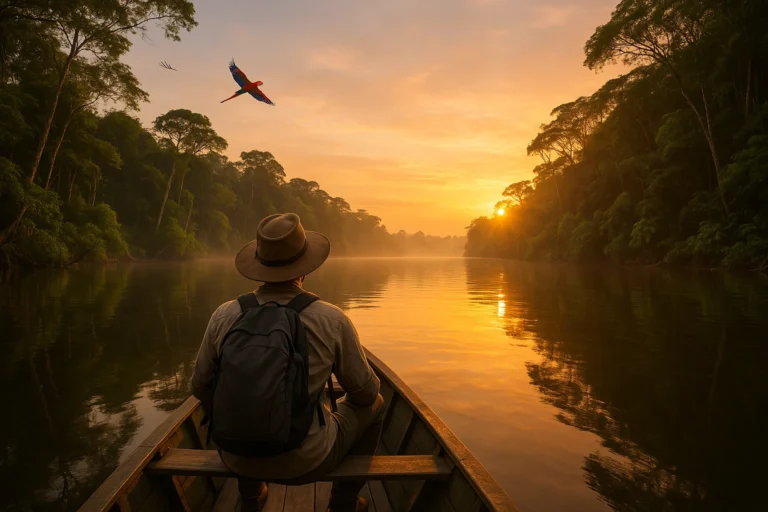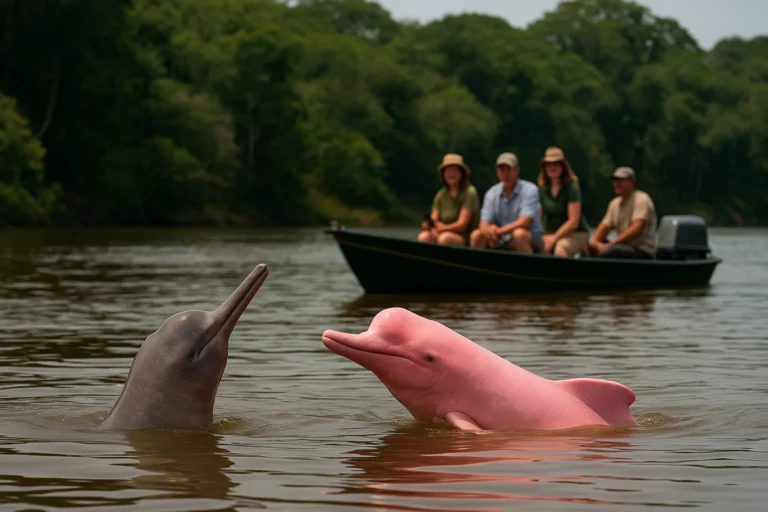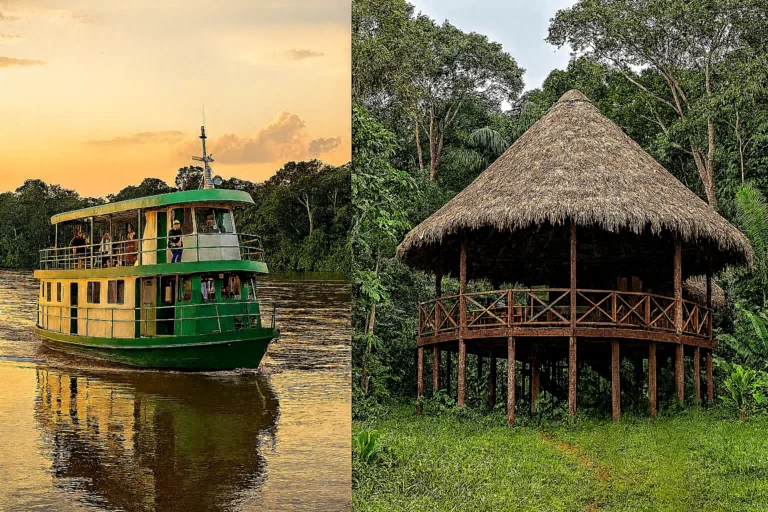Rhine vs. Danube: Which European River Cruise to Choose?
European river cruises offer an intimate and immersive way to discover the continent’s rich history, diverse cultures, and stunning landscapes. Among the myriad waterways, the **Rhine** and the **Danube** stand out as the two most iconic and popular choices, each offering a distinct experience. Deciding which one is right for your next adventure can be a delightful dilemma. This guide will compare Rhine vs. Danube cruises, helping you understand their unique charms and choose the perfect European river journey for you.
Overview of Rhine River Cruises 🏰🍇
The Rhine River, often considered the heart of Western Europe, flows approximately 1,230 kilometers (760 miles) from the Swiss Alps through Germany, France (Alsace), and the Netherlands, before emptying into the North Sea.
- **Key Highlights:**
- **Rhine Gorge (Middle Rhine Valley):** A UNESCO World Heritage site, famous for its dramatic cliffs, hillside vineyards, and over 40 castles and fortresses lining the riverbanks.
- **Medieval Towns & Cities:** Explore charming towns like Rüdesheim, Koblenz, and Speyer in Germany, or the beautiful Strasbourg in France (with its blend of French and German cultures).
- **Dutch Delights:** Northern itineraries often extend to the Netherlands, offering windmills, tulip fields (in spring), and the vibrant city of Amsterdam.
- **Vineyards:** The slopes of the Rhine, particularly in the Moselle region (a tributary), are renowned for their Riesling wines.
- **Typical Itineraries:** Most popular Rhine cruises are 7-day journeys, often focusing on the stretch between Amsterdam and Basel or Basel to Amsterdam, with extensive exploration of Germany.
- **Vibe:** Known for its picturesque scenery, concentration of castles, and a rich blend of German, French, and Dutch cultures. It’s often seen as a more visually dramatic journey.
—
Overview of Danube River Cruises 👑🎶
The Danube is Europe’s second-longest river, stretching approximately 2,850 kilometers (1,770 miles) from Germany’s Black Forest all the way to the Black Sea. It flows through ten countries, more than any other river in the world, offering a broader cultural tapestry.
- **Key Highlights:**
- **Imperial Cities:** Visit magnificent capitals like Vienna (Austria), Budapest (Hungary), and Bratislava (Slovakia), renowned for their imperial architecture, classical music, and rich histories.
- **Wachau Valley (Austria):** A UNESCO World Heritage site known for its rolling hills, terraced vineyards, charming villages, and historic abbeys like the stunning Melk Abbey.
- **Music & Arts:** The Danube is synonymous with classical music, being the birthplace or home of many famous composers.
- **Historical Significance:** Explore ancient Roman sites, charming medieval towns, and learn about the diverse influences that shaped Central and Eastern Europe.
- **Typical Itineraries:** Most popular are 7-day cruises between Passau (Germany) and Budapest (Hungary). Longer “Grand Danube” itineraries can last 2-3 weeks, extending further east.
- **Vibe:** Offers a grander, more imperial feel, deeply rooted in history, classical music, and the diverse cultures of Central and Eastern Europe.
—
Rhine vs. Danube: A Direct Comparison 🆚
Scenery & Landscapes
- **Rhine:** Dominated by dramatic river bends, cliff-top castles, medieval ruins, and steep vineyards, especially in the famous Rhine Gorge.
- **Danube:** Features a mix of grand imperial cityscapes, the gentle slopes of the Wachau Valley, lush rural landscapes, and sometimes more industrial stretches near larger cities.
Culture & History
- **Rhine:** Strong medieval German, French (Alsatian), and Dutch influences. Focus on castles, legends, and historical trade routes.
- **Danube:** Heavily influenced by the Austro-Hungarian Empire. Rich in classical music heritage, grand palaces, diverse traditions, and a broader array of Eastern European cultures.
Itinerary Length & Pace
- **Rhine:** Typically 7-day cruises, offering a more compact and focused itinerary with relatively shorter distances between ports.
- **Danube:** While 7-day options are common, longer itineraries (10+ days up to 3 weeks) are popular, allowing for deeper exploration of multiple countries and capital cities.
Excursions & Activities
- **Both:** Offer a mix of guided city tours, castle visits, wine tastings, and culinary experiences.
- **Rhine:** More emphasis on castle tours, local legends, and perhaps specific wine regions.
- **Danube:** Often includes more opportunities for classical music concerts, visits to imperial palaces, and exploring the diverse historical layers of capital cities.
Best Time to Cruise
- **Both:** Spring (April-May) for blooming landscapes and fewer crowds; Fall (September-October) for harvest festivals and colorful foliage.
- **Rhine Specific:** Very popular for Christmas Market cruises (late November-December) due to charming German towns.
- **Danube Specific:** Also popular for Christmas Market cruises. Summer (June-August) is busiest for both but particularly vibrant in the Danube’s capital cities.
—
Who Should Choose Which European River Cruise? 🤔✅
Choose the Rhine if you prefer:
- **Dramatic Scenery:** You’re captivated by castles, medieval fortresses, and a more concentrated visual spectacle.
- **Shorter, Focused Trips:** You want a classic 7-day journey that packs a lot of history and charm into a shorter timeframe.
- **German & French Influence:** You’re keen on exploring the heart of Germany, with touches of French Alsace and Dutch waterways.
- **Christmas Markets:** The idea of enchanting festive markets is a major draw.
Choose the Danube if you prefer:
- **Imperial Grandeur & Capitals:** You dream of exploring magnificent cities like Vienna, Budapest, and Bratislava.
- **Rich Cultural & Musical Heritage:** Classical music, art, and diverse Central/Eastern European cultures are high on your list.
- **Longer, Deeper Exploration:** You’d like the option for extended itineraries that traverse multiple countries.
- **Varied Landscapes:** A mix of grand cities, charming valleys, and rural scenery appeals to you.
—
Tips for Planning Your European River Cruise 💡
- **Book Early:** Especially for popular itineraries or cabin types, booking 12-18 months in advance secures the best choice and often better deals.
- **Consider Shoulder Seasons:** April/May and September/October offer pleasant weather, fewer crowds, and often better value than peak summer.
- **Check Inclusions:** Review what’s included in your cruise fare (excursions, drinks, gratuities, Wi-Fi) to compare true value between lines.
- **Research Specific Itineraries:** Each cruise line offers slightly different routes and experiences on the same river.
—
❓ Frequently Asked Questions (FAQ) ❓
Q: Which river is better for first-time river cruisers?
A: Both are excellent. The Rhine is often recommended for its iconic, concentrated beauty (castles!), while the Danube is great for those who want to tick off major European capital cities. Neither is inherently “better,” just different.
Q: Is one river more expensive than the other?
A: Generally, pricing is more dependent on the cruise line, itinerary length, and season rather than the river itself. Both offer options from value-oriented to luxury.
Q: Can I combine a Rhine and Danube cruise?
A: Yes, it’s possible! Some very long “Grand European” itineraries connect the two rivers via the Main-Danube Canal, or you can do back-to-back cruises with a land transfer between them.
Q: Which river has more castles?
A: The Rhine, particularly the UNESCO-listed Middle Rhine Valley (Rhine Gorge), is famous for having the highest concentration of castles in Europe.
—
Conclusion: Your Perfect European River Journey Awaits! 🥂🌍
Both the Rhine and the Danube offer magnificent river cruise experiences, each with its own distinct allure. If your heart desires dramatic landscapes, medieval castles, and charming old-world towns, the Rhine might be your perfect match. If you’re drawn to grand imperial cities, rich musical history, and a broader cultural panorama, the Danube awaits. Whichever you choose, a European river cruise promises an intimate, enriching, and unforgettable exploration of the continent’s timeless beauty.
